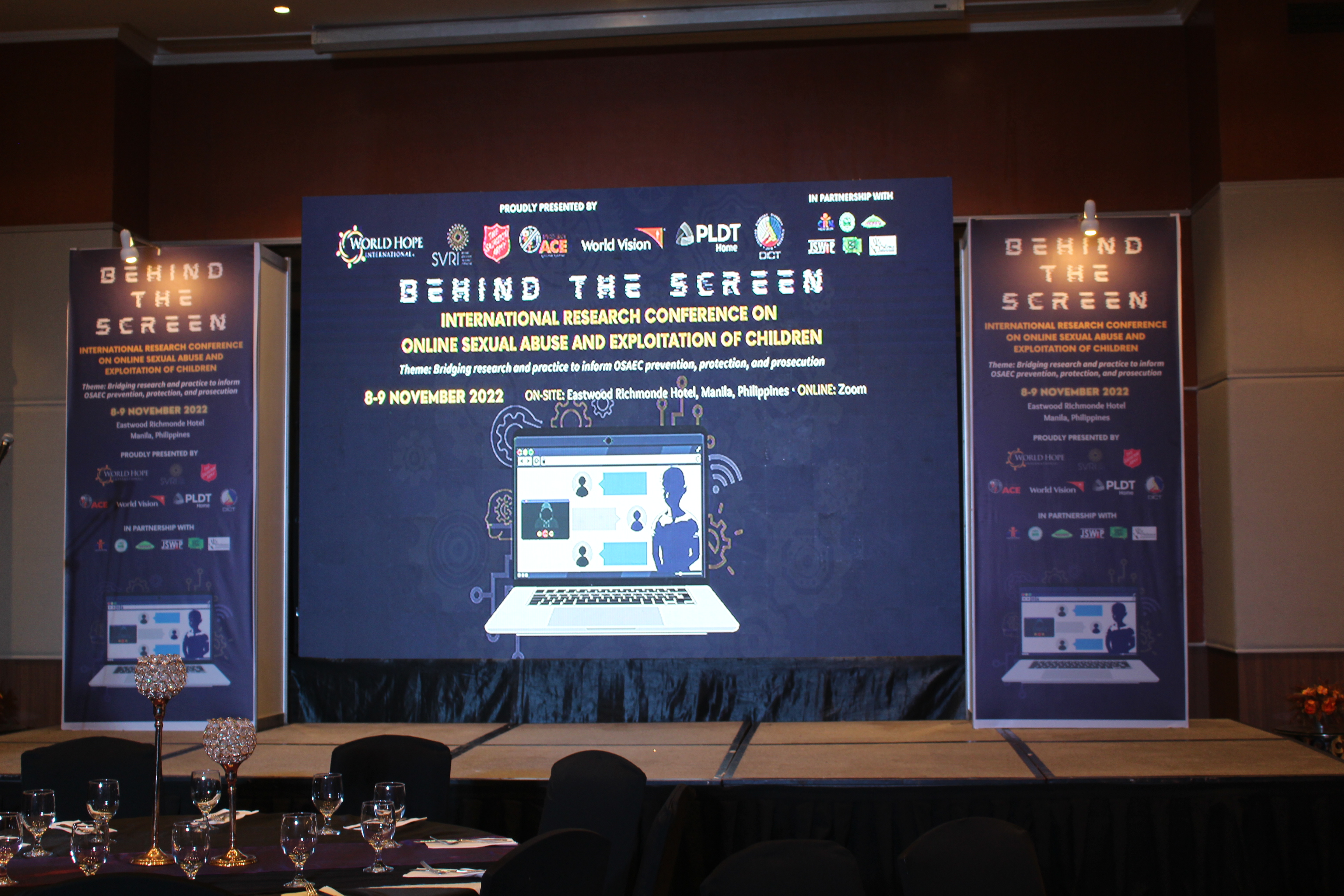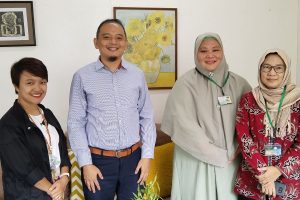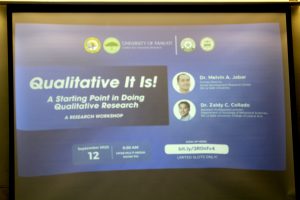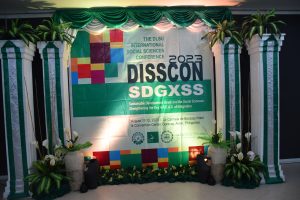Easing Away from the Center of Child Sexual Abuse
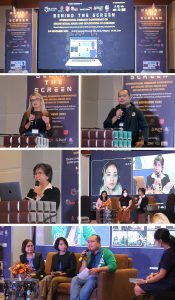 Everyone loves to cheer children on toward achievement. Few, however, are invested in protecting them from mistreatment.
Everyone loves to cheer children on toward achievement. Few, however, are invested in protecting them from mistreatment.
World Hope International cites UNICEF (2016) in identifying the Philippines as the “centre of child sex abuse materials production in the world,” and Brown (2016) and Gill (2021) in naming the country as “the global epicenter of the live stream sexual abuse trade,” where many victims are children. Thus, in working toward addressing this crisis, which intensified on a global scale during the pandemic, the organization invited research practitioners to participate in “Behind the Screen: An International Research Conference on the Online Sexual Abuse and Exploitation of Children.” Held on November 8 and 9 in Quezon City, the Conference was an occasion to update OSAEC protection actors on new empirical data toward improving the quality of care and services to child survivors and their families. With the theme of bridging research and practice to inform OSAEC prevention, protection and prosecution, the event was an opportunity to share evidence-based findings on existing practices and to advocate for policy changes.
In setting the tone of the Conference, Keynote Speaker Vanessa Retuerma, World Vision Development Foundation Director of Strategy Management, Impact and Learning, shared her thoughts on “Empowering Families and Communities against OSAEC,” identifying OSAEC as a venue for “the worst form of child labor,” and aspiring for an event goal to “create an environment that enables children to thrive.”
Presenting during the opening session on Prevention Research were Dr. Maggie Brennan of Dublin City University and SDRC Director Dr. Melvin Jabar, who spoke on “First Findings from a Study of the Pathways to the Facilitation of Online Sexual Exploitation and Abuse of Children (OSAEC) in the Philippines.” The study examines the different individual, familial, community, social, institutional, and technological factors that motivate OSAEC offenders to facilitate online sexual exploitation. Among the findings that surfaced from their interviews were that OSAEC is a female-driven enterprise, where the lure of easy money is a primary driver; the absence of physical sexual contact is perceived to equate to no harm being done; sibling upon sibling abuse is an occurrence; pedophilic transactions can involve children as young as below the age of 5 years; and gambling addiction is a potential pathway factor. Early recommendations involve the need for good engagement with financial payments providers; the need to refine sexual education campaigns to reflect the reality of events; the need to invest further in interventions in rural areas; and most importantly, the need to look at OSAEC not just as a criminal issue, but also as a public health issue.
For the session on Protection Research, two more SDRC projects were featured. Research Fellow and former SDRC Director Dr. Maria Caridad Tarroja delivered a presentation on the study “Developing a Remote Counseling Treatment Manual for OSAEC Survivors: Pandemic Driven Research,” which seeks to develop an evidence-based remote counseling protocol to address survivors’ needs. The study’s key findings, which formed the basis for developing a comprehensive treatment manual, will provide a profile of survivors, needs and issues unique to OSAEC survivors, and evidence-based interventions based on these.
The second project presented during this session was “Review of Therapeutic Care for Survivors of Online Sexual Exploitation in the Philippines” by Research Fellow Dr. Mary Angeline Daganzo and Kimberly Kaye Mata, both of the DLSU Psychology Department. The qualitative study aimed to produce a comprehensive description and a critical analysis of the aftercare and rehabilitation services. The findings are expected to have implications for continuing implementation of said programs, development of new services and programs, and further policies and laws on OSEC and wider issues on child protection and wellbeing.
During the panel discussion on the “From Research to Protection Response,” Dr. Jabar identified four themes under which the presentations could be categorized. These related to the direct experiences of child survivors; direct care providers who handle OSAEC cases; the impacts of reintegration on OSAEC victims; and the different care services being afforded to OSAEC victims.
The “Behind the Screen” International Research Conference, sponsored by World Hope International, was conducted with DLSU-SDRC as one of the event partners. Dr. Jabar and SDRC Research Fellow Dr. Homer Yabut also assessed the abstracts submitted for presentation as members of the conference Scientific Committee. The Conference was attended by over 200 on-site and over 1000 online participants.


